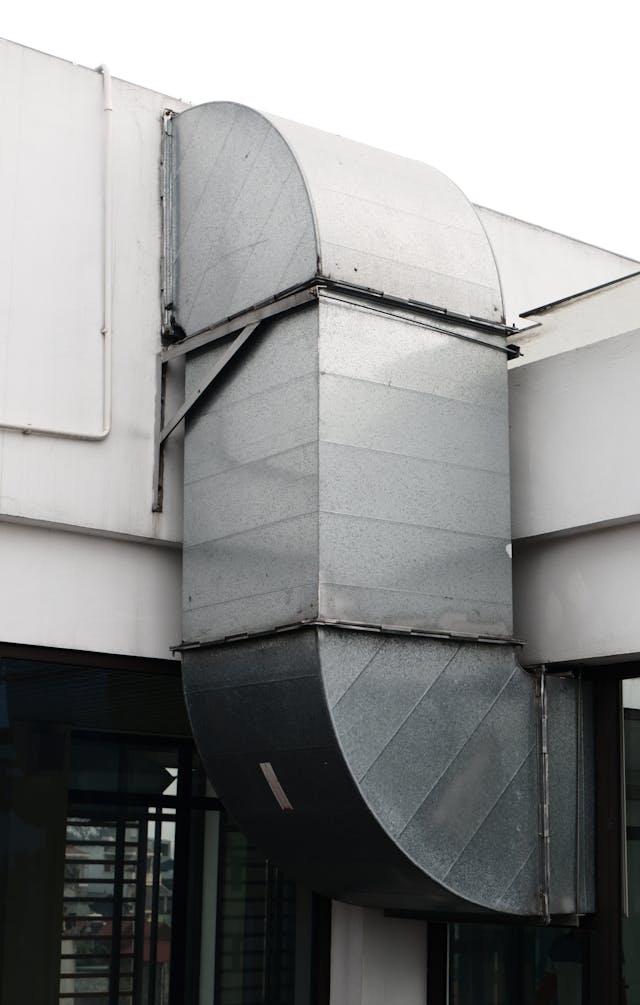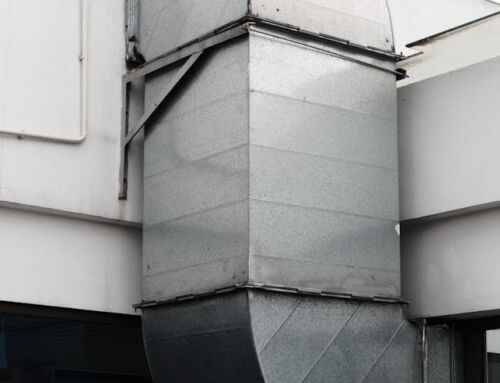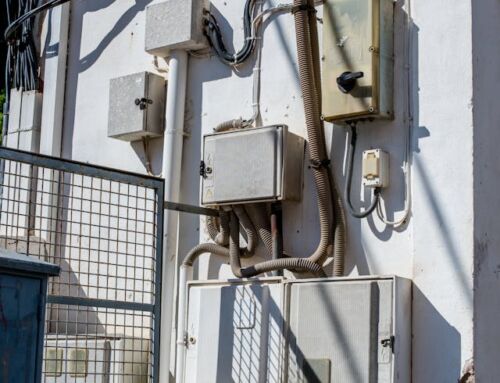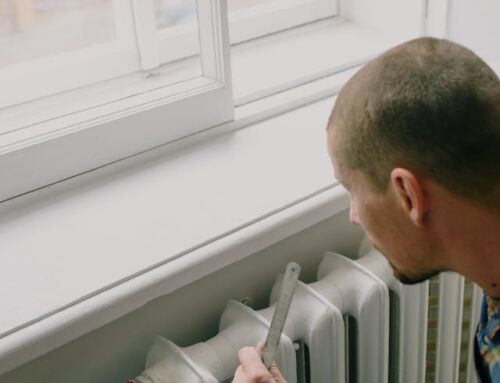Let’s face it, Aucklanders: those pesky energy bills can leave a real dent in your wallet. Especially when it comes to your HVAC system, constantly battling the elements to keep your space comfortable.
But don’t worry, there are ways to transform your energy-hungry HVAC system into an efficient climate control solution. Let’s explore some strategies to make your HVAC system more energy efficient, saving you money and helping the environment.
Why Make Your HVAC System More Energy Efficient?
Think of it this way: a more efficient HVAC system is like having a superhero working behind the scenes in your building. Here’s why it’s a win-win:
- Save Money: Lower energy consumption translates directly to reduced energy bills. Imagine the extra latte mornings you could have with those savings!
- Help the Planet: By using less energy, your HVAC system reduces its carbon footprint. This not only benefits the environment but also positions your business as a leader in sustainability – a win for your brand image.
- Improved Comfort: Believe it or not, an efficient HVAC system can actually improve comfort. A well-maintained system ensures consistent temperatures and avoids those annoying hot and cold spots that plague inefficient systems.
Simple Steps to Supercharge Your HVAC Efficiency
Now, let’s get down to brass tacks. Here are some practical steps you can take to make your HVAC system more energy efficient:
Embrace the Power of Regular Maintenance
Just like your car, your HVAC system needs regular checkups to run smoothly. Schedule yearly maintenance appointments with a qualified technician. They’ll inspect your system, clean filters, and identify any potential issues before they snowball into major repairs and reduced efficiency. Here at Prolectrix, we have a team of experienced HVAC technicians in Auckland who can keep your system running like a champ.
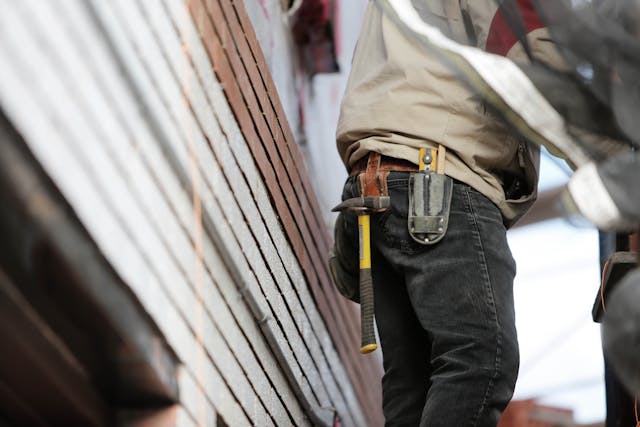
Change Your Air Filters Like Clockwork
A clogged air filter is like trying to breathe through a scarf. It forces your HVAC system to work harder, consuming more energy. Replace your air filter every 1-3 months, depending on usage and the level of dust in your environment.
Seal the Deal: Combat Leaks
Tiny air leaks around ducts and vents can wreak havoc on your energy efficiency. Leaky ducts are like letting precious cool (or warm) air escape, forcing your system to work overtime to maintain desired temperatures. Get a professional to inspect your ductwork for leaks and have them sealed promptly.
Harness the Power of Programmable Thermostats
Modern programmable thermostats are your secret weapon in the war on energy waste. Program your thermostat to adjust temperatures automatically when your building is unoccupied. Even a few degrees of adjustment during off-peak hours can significantly impact your energy consumption.
Advanced HVAC Efficiency Techniques
To further optimize your HVAC system’s energy efficiency, consider these advanced techniques:
Understanding Your Building’s Unique Needs
Before diving into specific HVAC calculations, it’s crucial to understand the unique characteristics of your commercial building. Factors such as:
1. Building Age: Older buildings may have outdated HVAC systems with lower efficiency ratings.
2. Building Orientation: The orientation of your building can significantly impact its heating and cooling needs.
3. Local Climate: Auckland’s specific climate, with its mild winters and warm summers, will influence the type and size of HVAC system required.
4. Occupancy Patterns: The number of occupants and their activity levels can affect the building’s thermal load.
Ductwork Optimization
1. Airtightness: Ensure your ductwork is properly sealed to prevent air leaks. Leaky ducts can significantly reduce the efficiency of your HVAC system.
2. Proper Sizing: The size and layout of your ductwork should be optimized to deliver the right amount of airflow to each room. Oversized or undersized ducts can lead to poor performance and energy waste.
Natural Ventilation and Daylight Harvesting

1. Ventilation Strategies: Utilize natural ventilation techniques, such as opening windows and doors, to improve indoor air quality and reduce reliance on mechanical cooling.
2. Daylight Harvesting: Maximize natural light by using skylights, large windows, and light-colored walls and ceilings. This can reduce the need for artificial lighting, leading to energy savings.
Level Up Your Efficiency Game
Feeling ambitious? Here are some additional strategies for the ultimate energy-efficient HVAC system:
Upgrade to Energy-Efficient Systems
Consider investing in energy-efficient HVAC systems for commercial buildings. Look for systems with high SEER (Seasonal Energy Efficiency Ratio) and HSPF (Heating Seasonal Performance Factor) ratings. These ratings indicate how efficiently the system converts energy into heating and cooling. While the initial investment might be higher, the long-term savings on energy bills can be substantial.
Embrace Smart Technologies
Smart thermostats and building automation systems can take your efficiency game to the next level. These systems allow for even more precise control of your HVAC system, optimizing energy usage based on real-time conditions and occupancy.
Harness the Earth’s Power
If you’re feeling particularly adventurous, consider exploring geothermal heating and cooling systems. These systems utilize the Earth’s constant temperature to provide heating and cooling, significantly reducing reliance on traditional energy sources.
Remember: It’s All About Consistency
Making your HVAC system more energy-efficient is an ongoing process. By implementing the strategies above and building a culture of energy awareness within your organization, you can see significant improvements in your energy consumption.
Bonus Tip: Don’t underestimate the power of employee behavior. Encourage your team to turn off lights and electronics when not in use, and to dress appropriately for the season – a light sweater in a slightly cooler environment can be much more comfortable (and energy-efficient) than cranking up the heat.
Conclusion
By making your HVAC system more energy-efficient, you’re not just saving money; you’re making a positive impact on the environment. With a little effort and the right approach, you can transform your energy-draining system into a cost-saving and eco-friendly superhero. So, embrace these tips, empower your employees, and watch your energy bills shrink while your comfort.

